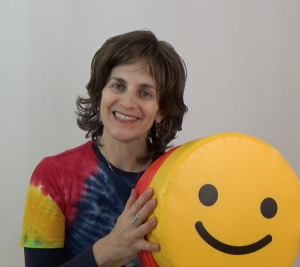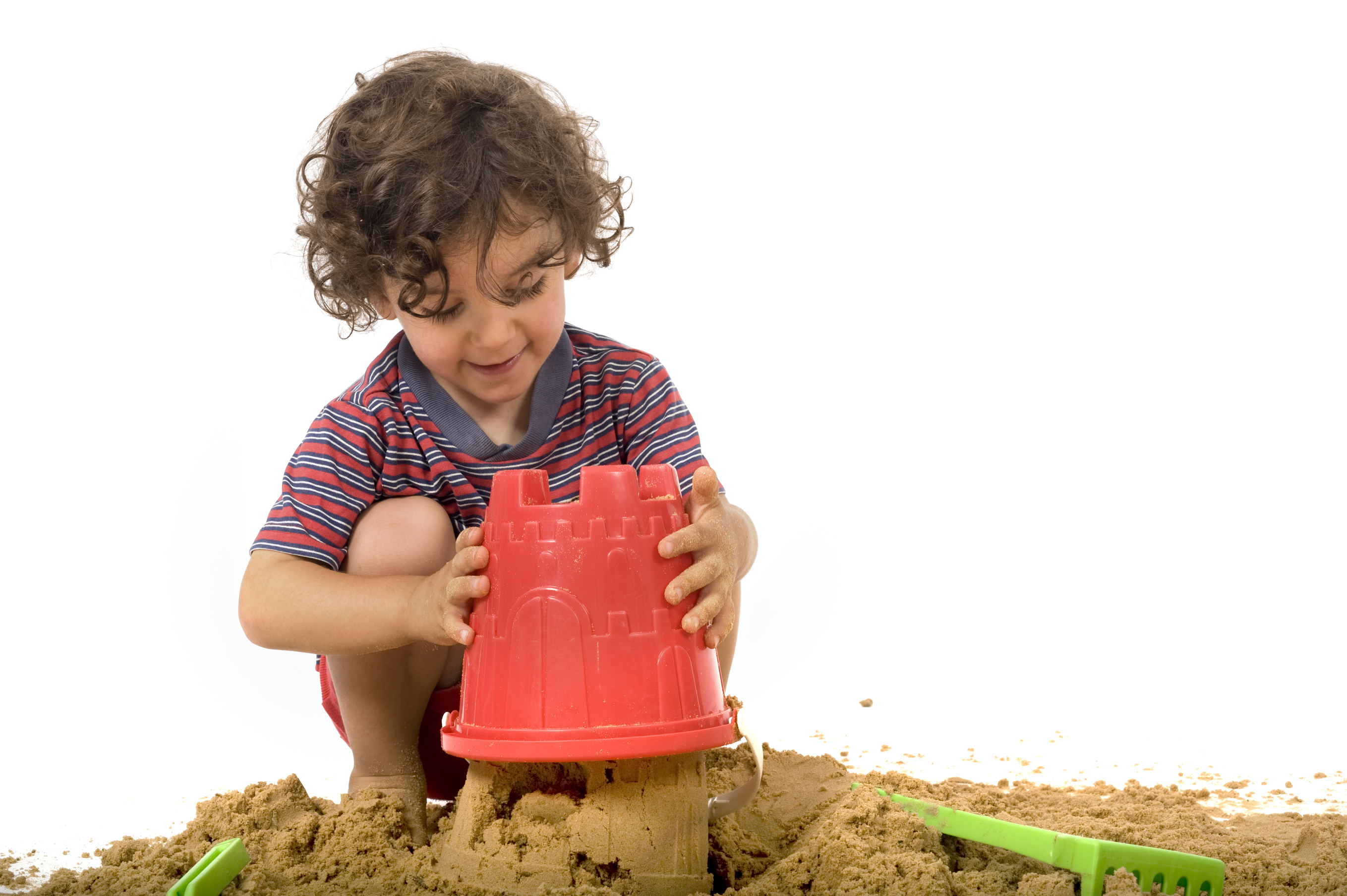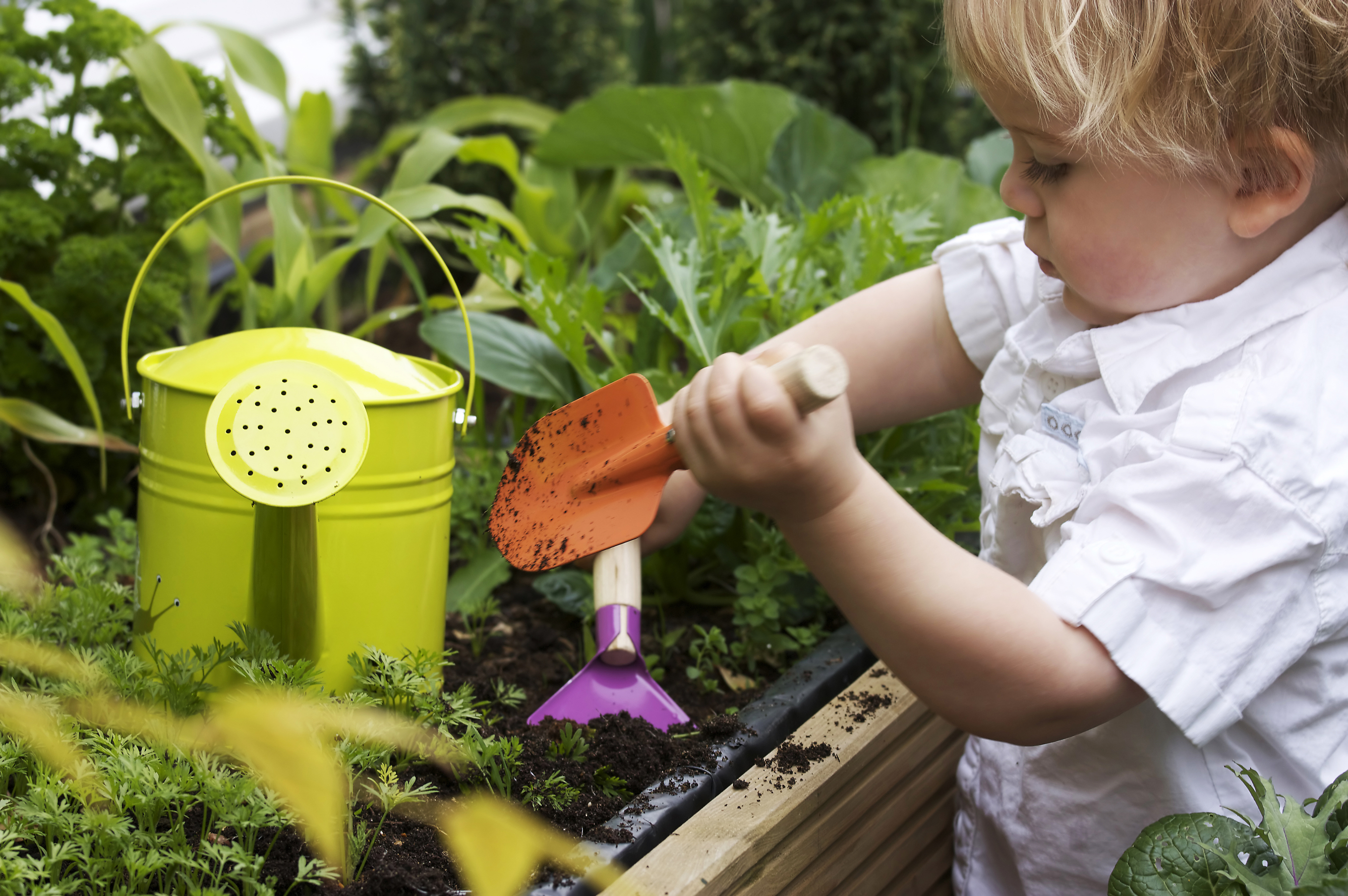
Therapy Tips 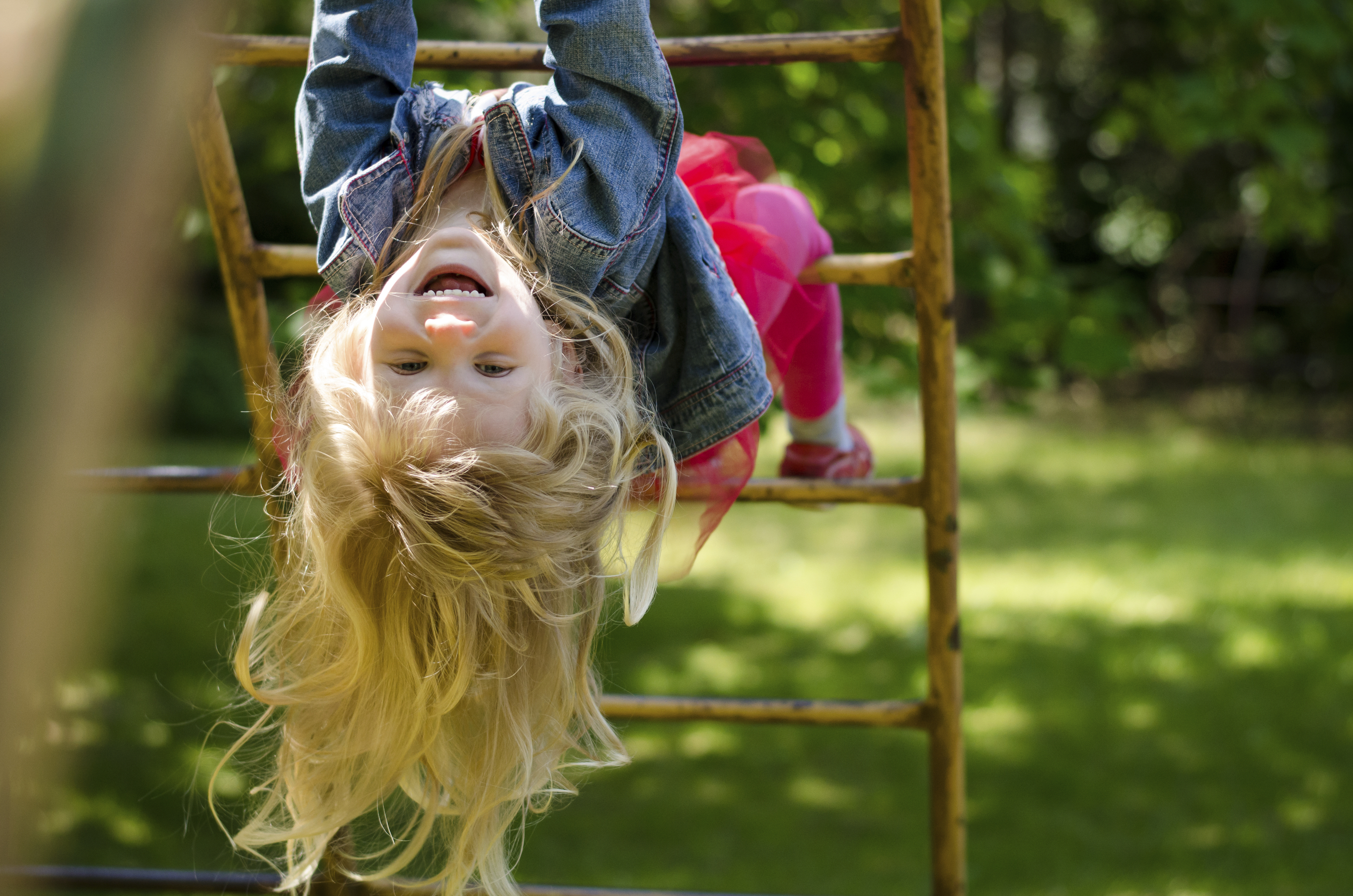
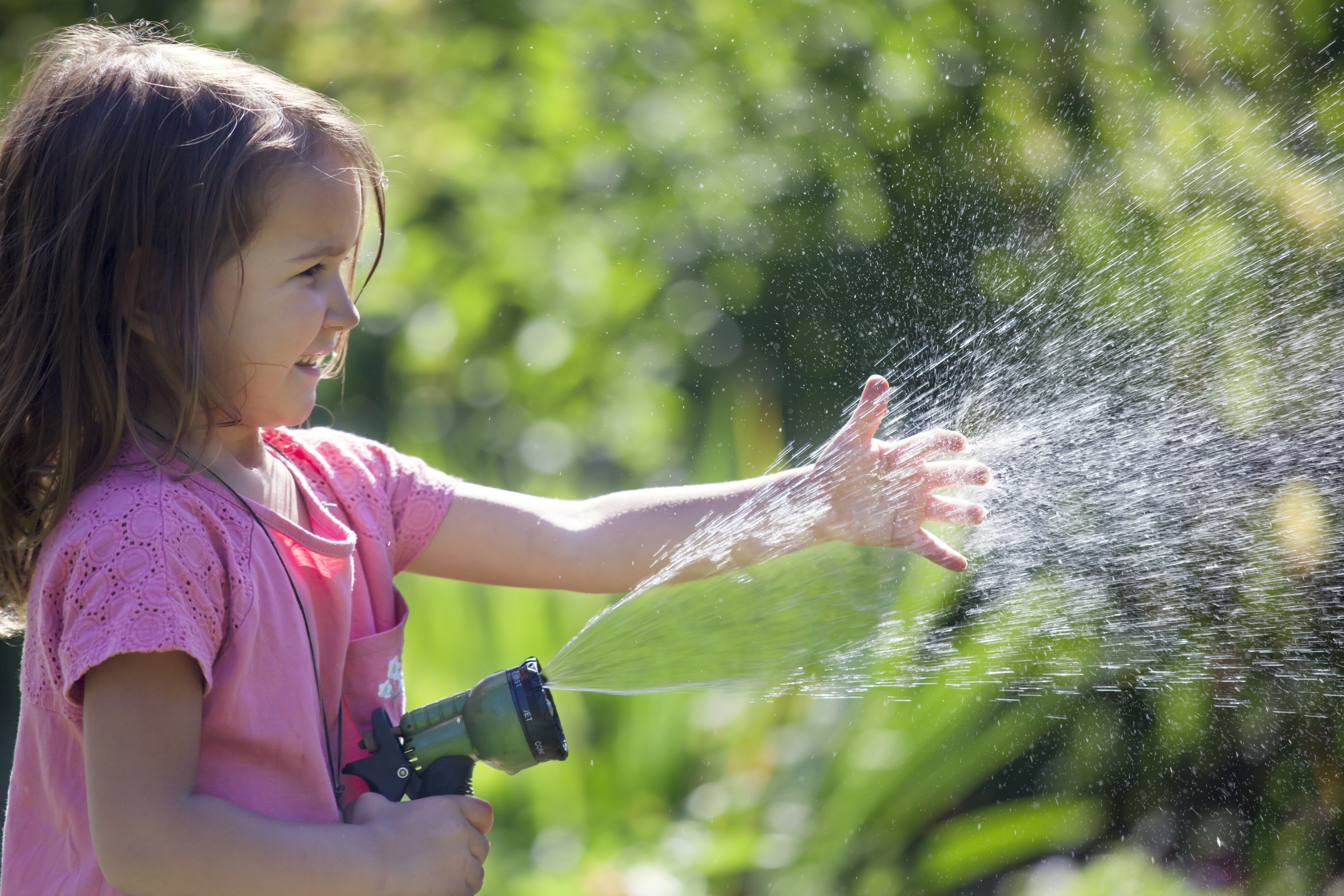

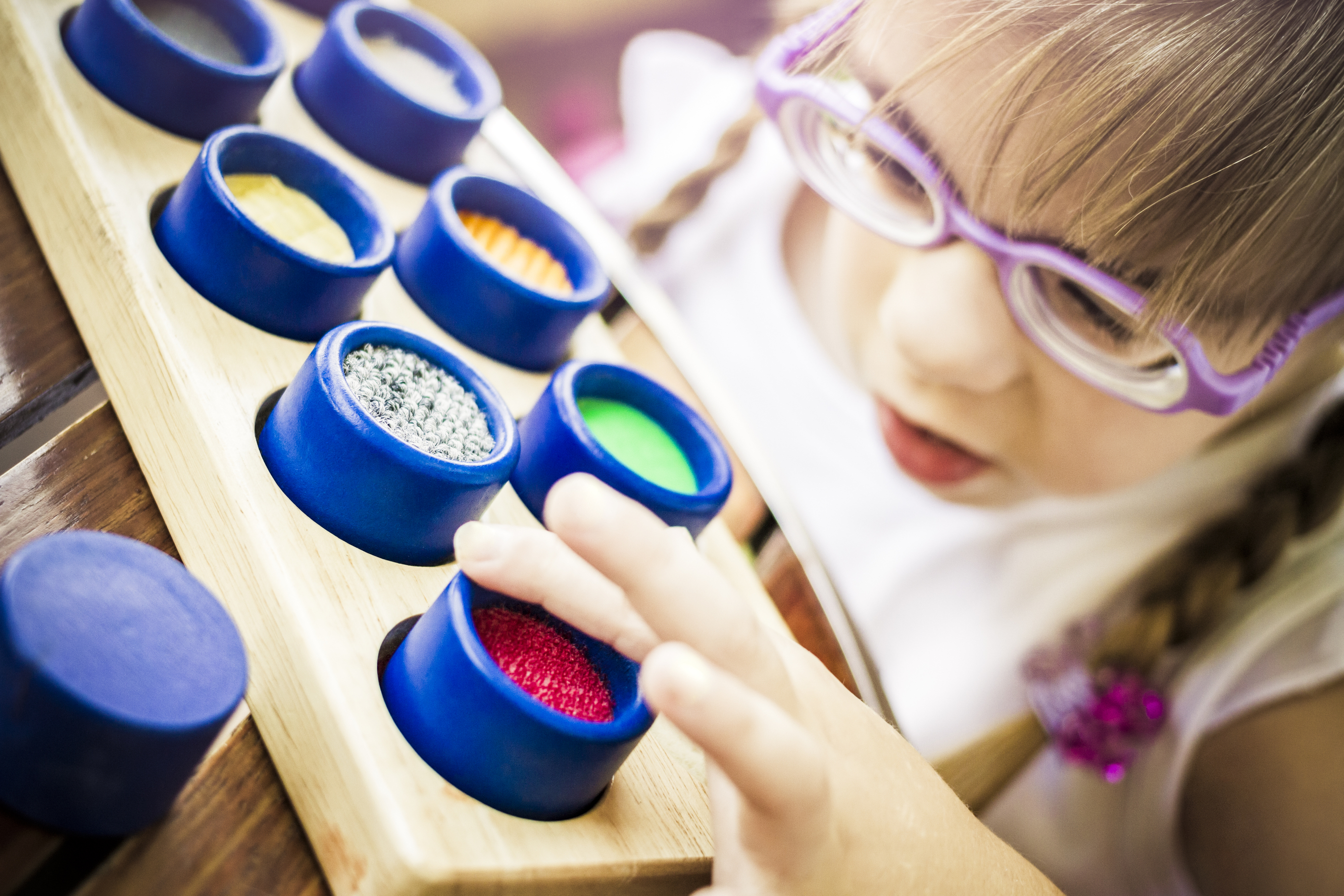

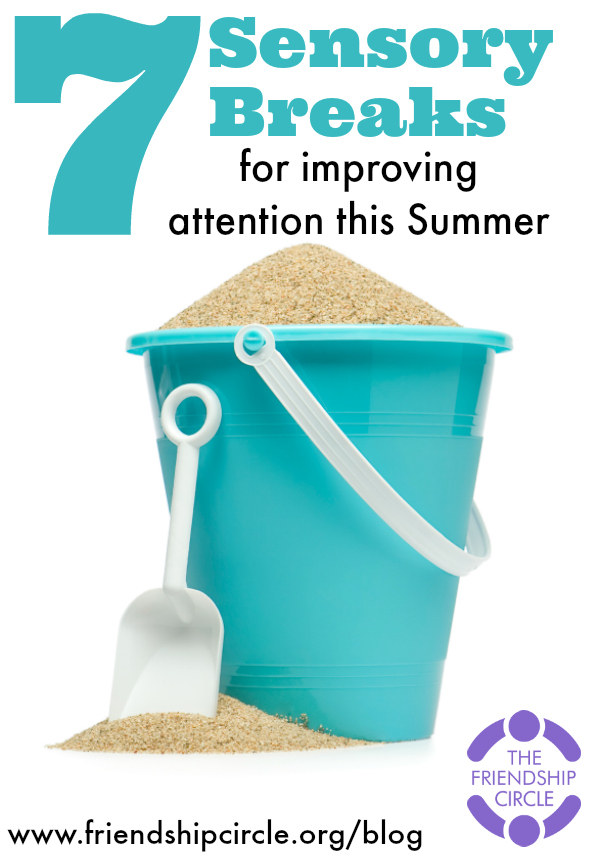
7 Sensory Breaks for Improving Attention this Summer
7 Sensory Breaks for Improving Attention this Summer
For children and adults with sensory challenges or ADHD, spending more time outside can be terrific for their sensory diet. The ability to move more freely, breathe fresh air and feel the great outdoors can help with filtering an overload of sensory information and help with focus, attention and concentration. Don't forget to make sure they are dressed properly before sending them outside! Let's take a look at our top spring sensory saviors for your kids who need a bit of an attention boost. Similar to an indoor sensory room, these all make great breaks or can be used just for the fun of it!1. Playground
Climb, slide and swing! The playground provides a phenomenal workout and vestibular orientation. It allows the muscles to stretch and pull acting as a terrific sensory filter. Smaller playground breaks (15 minutes) several times a day work better than one long break to improve sensory integration responses and benefit. Be sure your playground is well supervised and you have a close eye on your children at all times. Climbing, swinging and monkey bars are sure to have your kids ready to work and learn!
2. Sand
You can use sand inside or outside, and it provides a great workout for the hands, fingers and forearms in preparation for writing or other fine motor skills. Hide small toys in the sand to find and collect or provide tools for digging. You can make sand art or just let the kids feel their way through a sensory break.3. Water
Turn on a hose, pull out a water table or grab a squirter. Oh and don’t forget about washing dishes! Water is one of the most therapeutic modalities we have and it’s one of the least expensive. Use cups for pouring and measuring, sponges for fine motor work and squeezing and bottles for spraying. Then when all is done, hand your kids a washcloth or towel to clean up!
4. Critter Hunt
The bugs are out and for your entomologist it’s a hay day! Grab a container and bug chart and go hunting. Kids love to see the bugs (outside). You can use the study of bugs for art projects, science projects and to explore the great outdoors. Bugs also provide a great vocabulary list and can be used for speech and language activities.
5. Sensory Tub
You can use rice, sand, beads or even putty. Create your own sensory bin or get one already made. Put in your favorite small objects, coins, beads or buttons and have your kids go hunting for colors, size or shape. You can pick out your favorite springtime items like rocks, petals, leaves, sticks or bark to hide in your bin. For more ideas about what to include in a sensory tub or table, click here.
6. Gardening
Dig, plow, plant and water. Learn organizational skills, science, respect for the environment, and how to grow plants and food. Creating a small garden can provide phenomenal hands on learning experience for your kids and your school that can tie into healthy eating, botany, plant life and earth sciences. Plus, your kids will get a heavy workout, move and use all their senses to plant, reap, smell and eat!7. Hike and Bike
Use those great sunny days for a walk or a bike ride. Biking is terrific for so many reasons. It encourages the use of different muscle groups and for your less athletic kids, biking provides an individual sport, coordination, endurance training and overall well-being. Be sure your bike fits well. For kids just learning to bike, take off the pedals and let them walk it until they can balance. For kids who can already bike, be sure their knees bend to no more than 10 degrees at the bottom of the pedal revolution. If you’re not sure, visit a local bike shop to get a good fitting and a helmet.
Enjoy the great outdoors!
Like this post? Pin it on Pinterest here:

